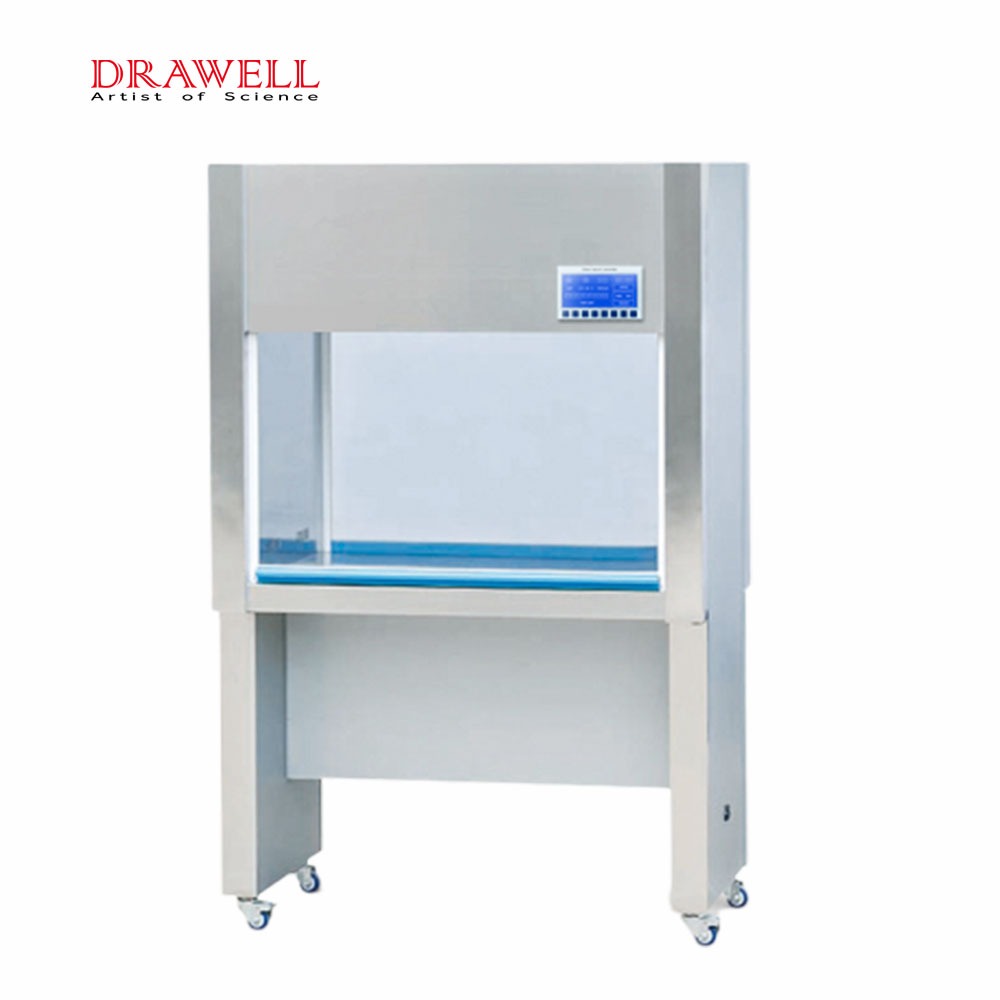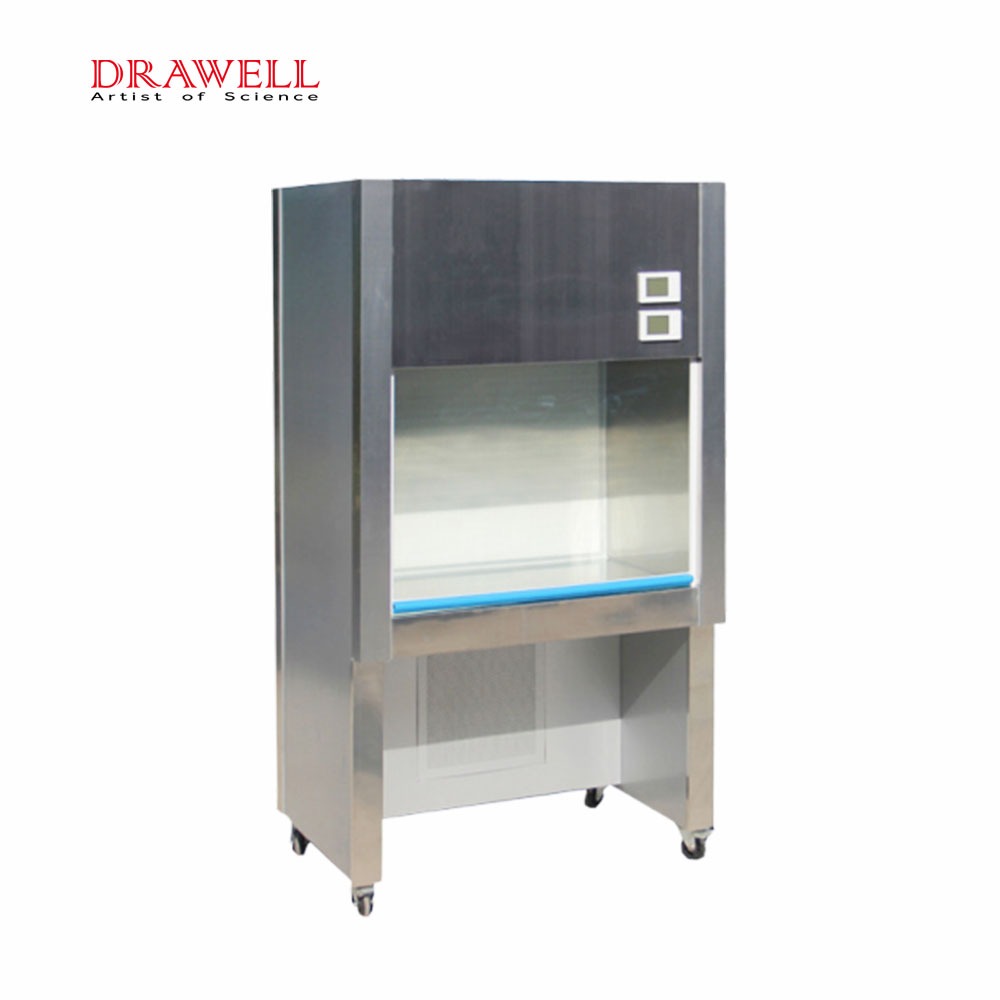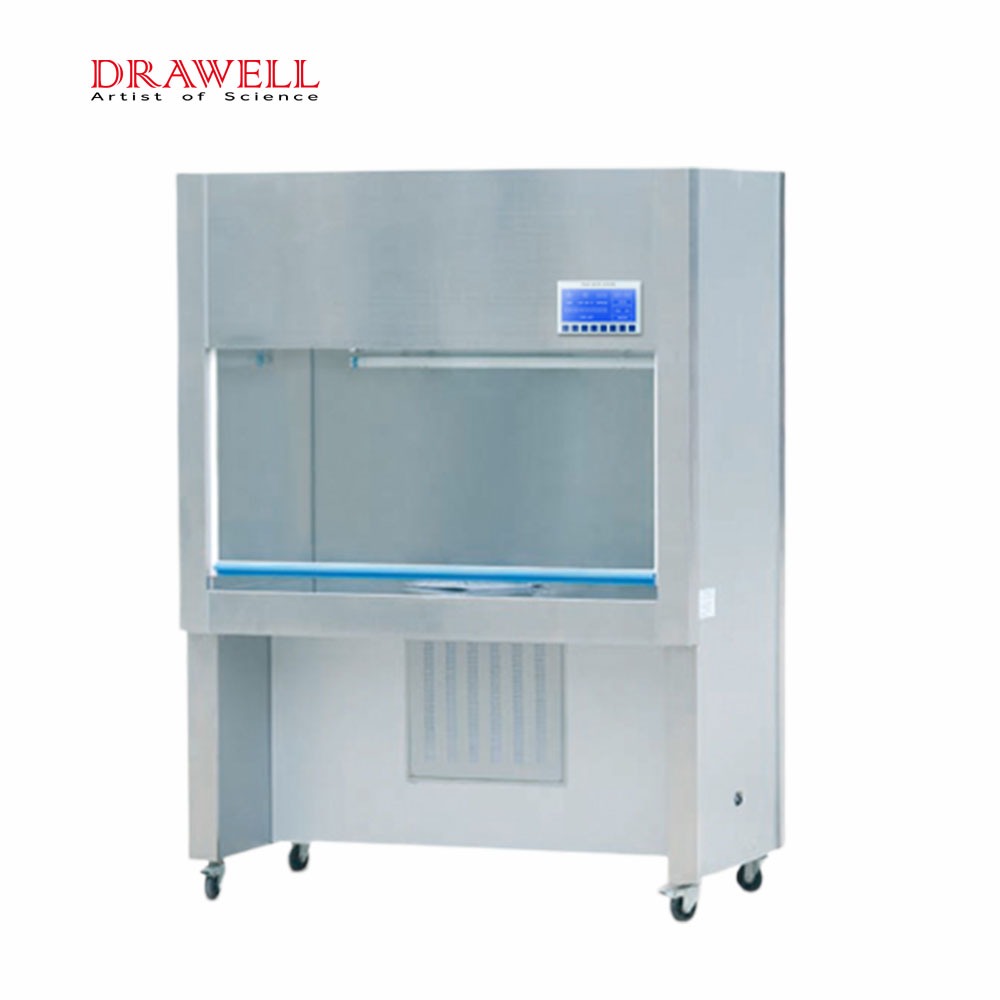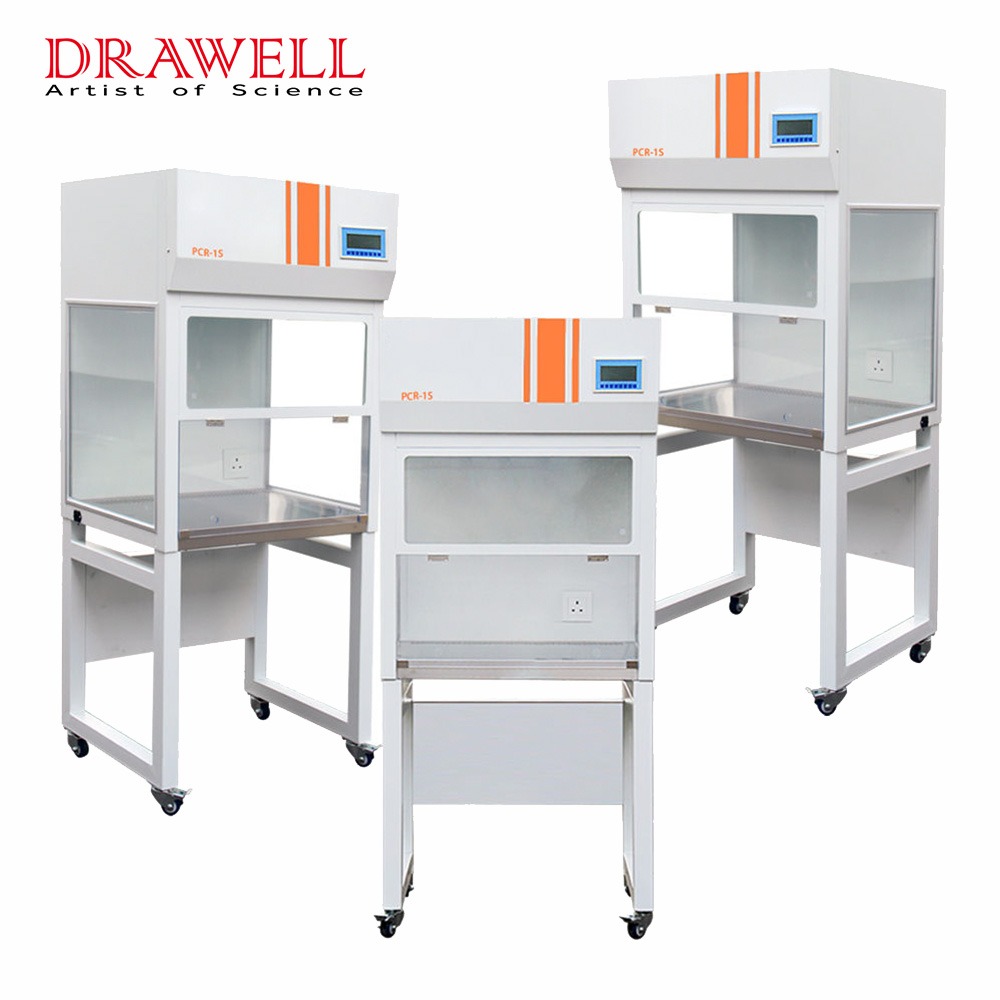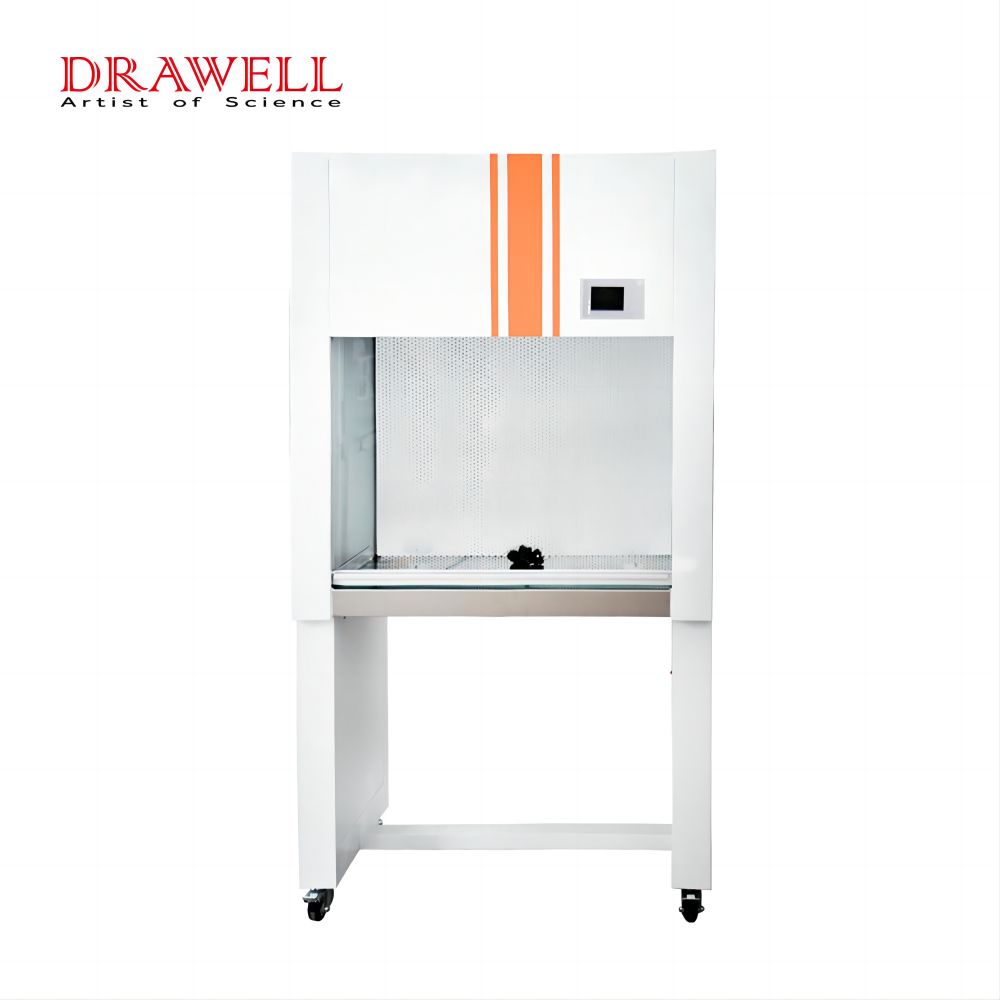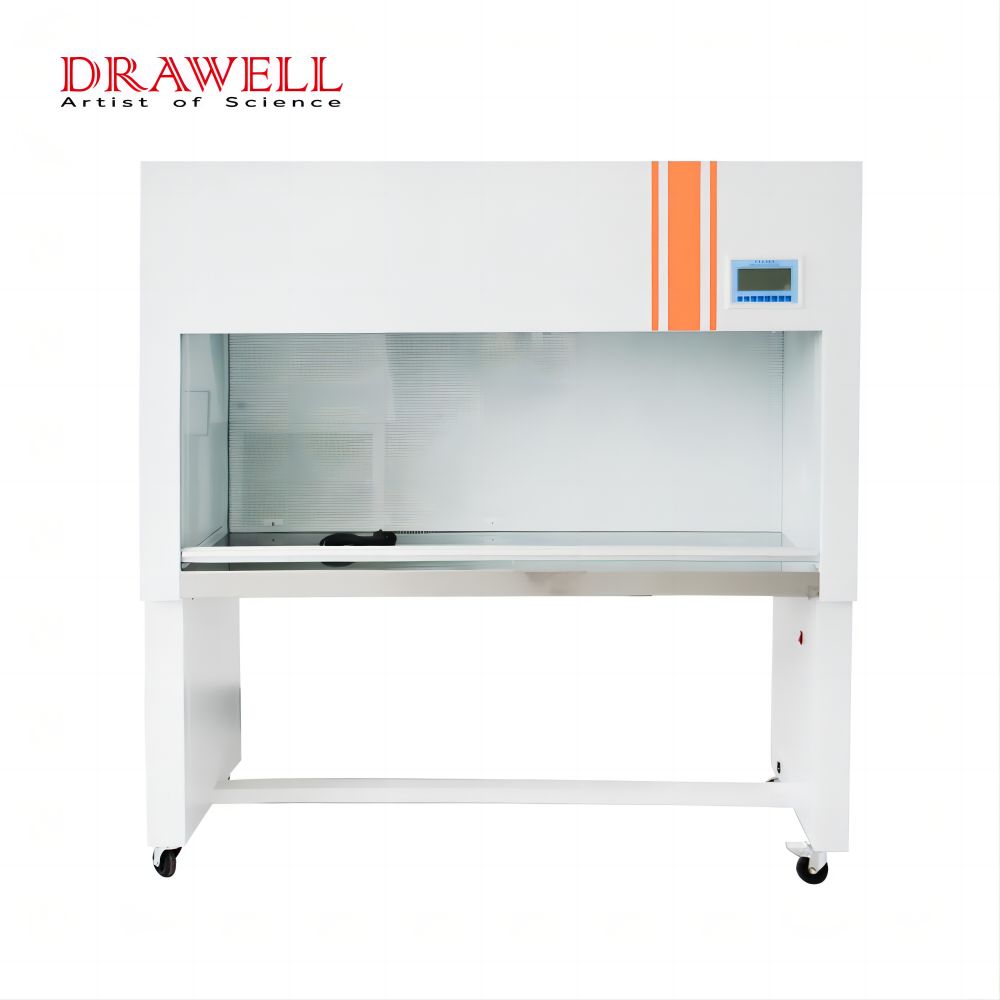Equipping a laboratory goes beyond just the beakers and test tubes. Functional lab furniture is critical in ensuring a safe, efficient, and well-organized workspace for scientific research and experimentation. Choosing the right furniture creates a platform for productivity and minimizes potential hazards. This article will explore the essential types of lab furniture based on their functions, materials, and specific applications. By understanding these classifications, you can make informed decisions to outfit your lab for optimal performance and safety.

Based on Functions
1. Workbenches and Tables
Workbenches and tables are the backbone of any laboratory. They provide a stable and durable surface for conducting experiments, assembling apparatus, and handling samples. Different types of workbenches include:
- General-purpose Workbenches: These are the backbone of any laboratory, providing a sturdy and versatile surface for a wide range of tasks. They are designed to accommodate various activities, from basic experiments to complex procedures.
- Modular Lab Benches: Flexibility is key in a dynamic laboratory environment. Modular lab benches can be reconfigured to suit changing needs, making them an ideal choice for labs that frequently update their setups.
- Adjustable-height Workbenches: Ergonomics are essential in a lab setting to prevent strain and injury. Adjustable-height workbenches allow users to modify the working surface to their preferred height, enhancing comfort and productivity.
- Mobile Workbenches: For labs that require frequent reorganization or the movement of workstations, mobile workbenches equipped with casters offer the necessary mobility while maintaining stability during use.
- Anti-vibration Tables: Sensitive equipment, such as microscopes and analytical balances, require a stable, vibration-free surface to ensure accurate results. Anti-vibration tables are specifically designed to dampen vibrations and provide a steady platform for such equipment.
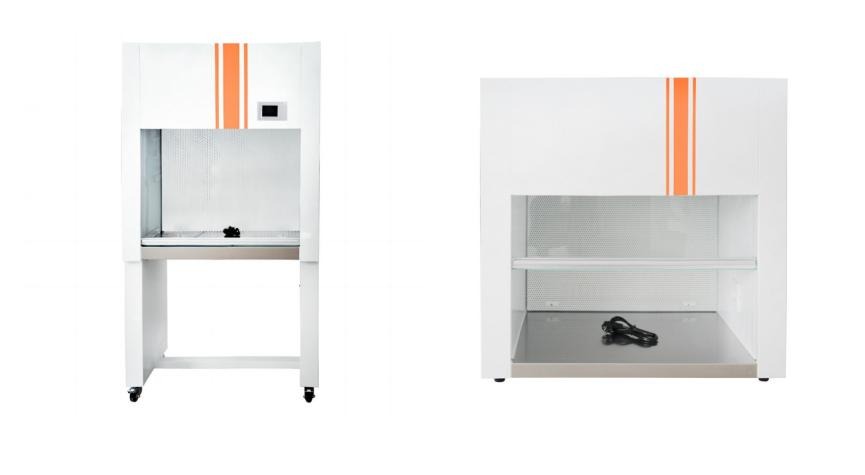
2. Storage Solutions
Proper storage is essential to keep the lab organized and ensure that materials and equipment are easily accessible. Common storage units include:
- Lab Cabinets: Essential for storing chemicals, equipment, and samples, cabinets come in various forms, including wall-mounted and base cabinets. They help keep the lab organized and ensure that materials are easily accessible.
- Shelving Units: Shelving units offer additional storage space for supplies and equipment. They can be configured to fit specific needs and are often used to maximize vertical space.
- Chemical Storage Cabinets: These specialized cabinets are designed to safely store hazardous chemicals. They feature ventilation systems and materials that resist corrosion, ensuring a safe storage environment.
- Flammable Storage Cabinets: Compliance with safety regulations is crucial when storing flammable materials. These cabinets are constructed to contain fires and prevent explosions, providing a safe storage solution.
- Specimen Storage Cabinets: Specimen integrity is vital in many labs. These cabinets are designed to maintain specific environmental conditions, such as temperature and humidity, to preserve specimen quality.
3. Seating
Comfortable and ergonomic seating is crucial for lab personnel who spend long hours at workstations. Types of seating include:
- Lab Stools: Often used in labs where mobility and ease of access to various workstations are necessary, lab stools provide simple and flexible seating options.
- Lab Chairs: For tasks that require prolonged periods of sitting, lab chairs offer greater comfort and support. Ergonomically designed chairs can prevent fatigue and improve worker productivity.
- Ergonomic Seating: Investing in ergonomic seating is beneficial for lab workers who spend extended periods at their workstations. These chairs and stools are designed to support good posture and reduce the risk of musculoskeletal disorders.
4. Fume Hoods and Safety Cabinets
Safety should always be a top priority in any laboratory. Essential safety furniture includes:
- Chemical Fume Hoods: Essential for protecting lab personnel from hazardous fumes and vapors, these hoods ventilate harmful substances away from the user and the lab environment.
- Biosafety Cabinets: These cabinets provide a sterile environment for handling infectious materials, protecting both the user and the samples from contamination.
- Laminar Flow Cabinets: Used to create a clean air environment, laminar flow cabinets are ideal for tasks requiring a contaminant-free space, such as tissue culture work.
- Ductless Fume Hoods: These hoods filter hazardous substances through a series of filters and then recirculate clean air back into the lab. They are suitable for labs that require flexibility in hood placement.
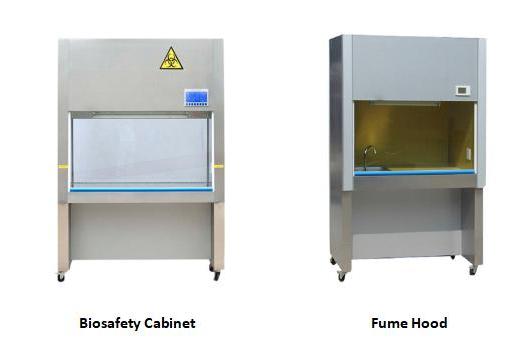
5. Sinks and Washing Stations
Sinks and wash stations are essential for maintaining hygiene and safety. They allow for proper handwashing and cleaning of lab equipment. Here are the common types:
- Laboratory Sinks: Designed to withstand harsh chemicals and frequent use, lab sinks are essential for washing equipment and disposing of liquids.
- Eye Wash Stations: Safety is paramount in a lab. Eye wash stations provide immediate decontamination for individuals exposed to harmful substances, preventing serious injury.
- Emergency Showers: In the event of chemical spills or exposure, emergency showers offer a rapid means of decontamination, enhancing lab safety.
- Hand Wash Stations: Maintaining hygiene is crucial in preventing contamination. Dedicated hand wash stations ensure that lab personnel can easily clean their hands, promoting a safe working environment.
6. Specialized Furniture
- Instrument Benches: Designed to support heavy and delicate instruments, these benches are built for durability and stability, ensuring accurate and reliable results.
- Cleanroom Furniture: For labs that require a controlled environment, cleanroom furniture is designed to minimize particle generation and withstand rigorous cleaning protocols.
- ESD (Electrostatic Discharge) Furniture: In labs working with sensitive electronic components, ESD furniture prevents static discharge that could damage equipment.
- Specimen Dissection Tables: Equipped with features such as built-in sinks and ventilation, these tables provide a suitable environment for dissection and examination of specimens.
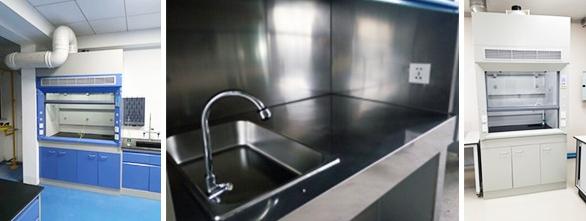
Based on Materials
1. Stainless Steel
Stainless steel is a popular choice for lab furniture due to its durability, resistance to corrosion, and ease of cleaning. It is commonly used for:
- Workbenches and countertops: Ideal for wet labs and areas where chemicals are frequently used.
- Sinks and storage units: Ensuring longevity and maintaining a sterile environment.
2. Epoxy Resin
Epoxy resin is highly resistant to chemicals and heat, making it suitable for:
- Countertops and work surfaces: In laboratories dealing with corrosive substances and high temperatures.
- Fume hood interiors: Providing protection against harsh chemicals.
3. Phenolic Resin
Phenolic resin is known for its robustness and moisture resistance. It is often used in:
- Workbenches and countertops: Particularly in areas with high humidity or frequent chemical exposure.
- Shelving and cabinetry: Offering a durable and cost-effective storage solution.
4. Polypropylene
Polypropylene is a versatile plastic known for its chemical resistance and lightweight nature. It is commonly used for:
- Storage cabinets and shelves: Providing a durable and economical option for chemical storage.
- Fume hoods: Offering an affordable solution for chemical handling areas.
Based on Specific Application
1. Chemical Laboratories
Chemical laboratories require furniture that can withstand exposure to various chemicals and provide safety features. Essential furniture includes:
- Chemical-resistant workbenches: For conducting experiments involving corrosive substances.
- Fume hoods: To protect users from hazardous fumes.
- Safety cabinets: For storing flammable and toxic chemicals.
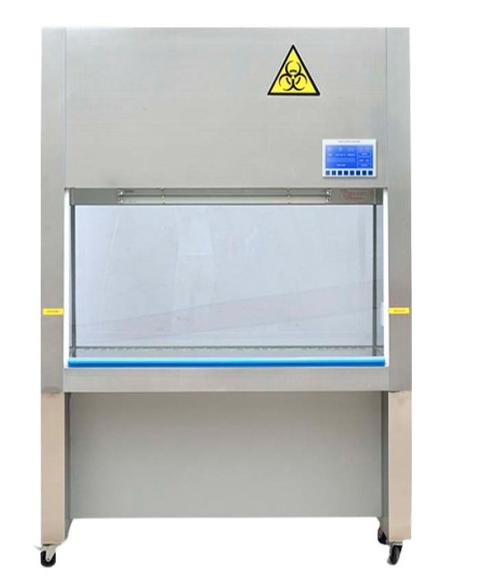
2. Biological Laboratories
Biological laboratories focus on handling biological samples and maintaining sterile conditions. Key furniture includes:
- Biosafety cabinets: Ensuring a contamination-free environment.
- Refrigerators and freezers: For preserving biological specimens.
- Autoclaves: For sterilizing equipment and waste.
3. Physical and Engineering Laboratories
These labs deal with physical measurements, material testing, and engineering processes. Essential furniture includes:
- Heavy-duty workbenches: For supporting heavy equipment and machinery.
- Vibration isolation tables: To ensure accurate measurements and experiments.
- Storage racks: For organizing tools and components.
4. Clinical and Medical Laboratories
Clinical and medical laboratories require precise and clean conditions for diagnostics and research. Important furniture includes:
- Cleanroom benches: Providing a sterile environment for sensitive procedures.
- Specimen storage units: For organizing and preserving medical samples.
- Microscopy tables: Designed to accommodate microscopes and related equipment.
Conclusion
Selecting the right lab furniture is paramount for creating a functional and safe laboratory environment. Each piece of furniture, whether chosen based on function, material, or specific application, plays a crucial role in facilitating efficient workflows and maintaining safety standards. Investing in high-quality, durable, and purpose-built lab furniture ensures that laboratory personnel can perform their tasks effectively and safely, ultimately contributing to the success and reliability of scientific endeavors. Drawell specialized in laboratory equipments for more than 20 years, if you need any lab furnitures, please feel free to contact them.

